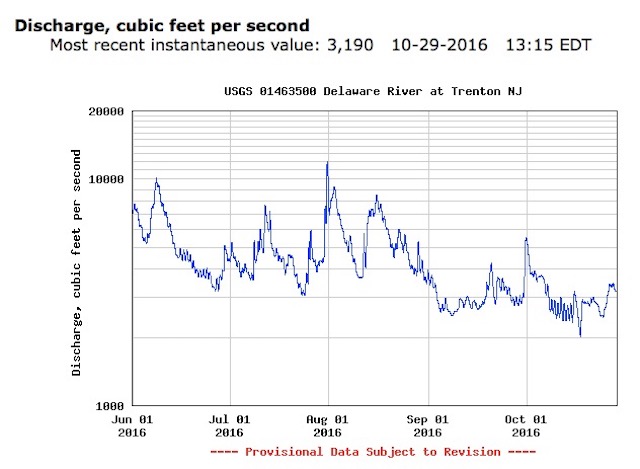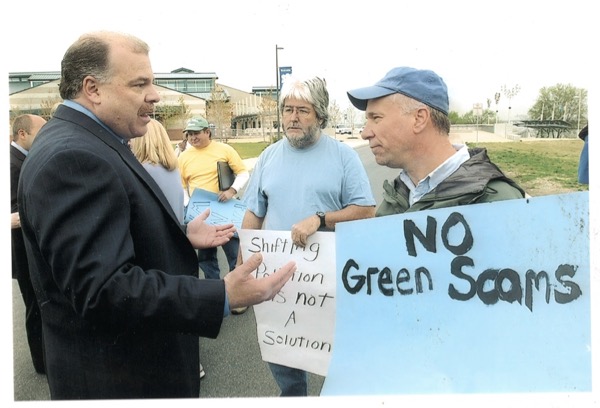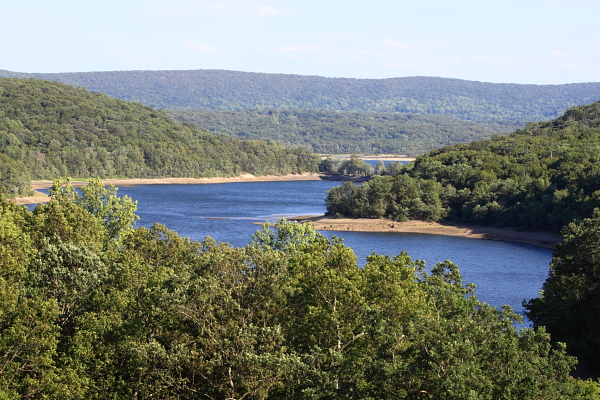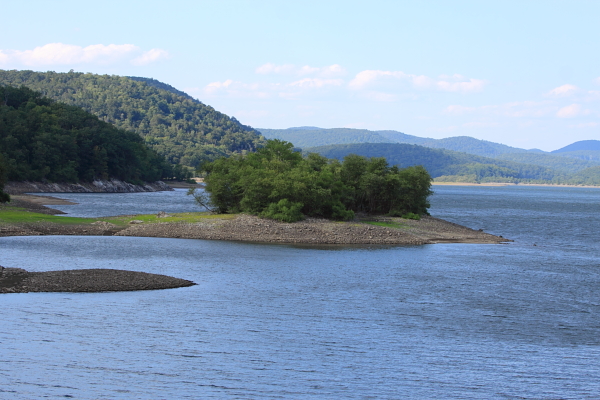Quick Note To My Highlands Friends and Pipeline Foes
I hear some people
been talkin’ me down,
Bring up my name,
pass it ’round.
They don’t mention
the happy times
They do their thing,
I’ll do mine.
Ooh baby,
that’s hard to change
I can’t tell them
how to feel.
Some get strong,
some get strange,
But sooner or later
it all gets real.
Walk on, walk on,
Walk on, walk on. ~~~ “Walk On” (Neil Young, 1974)
I could get hit by a bus – or, as it’s Halloween, killed by terrorist clowns or Zombies – so I figured I should set the historical record straight.
A recent conversation with my People Over Pipeline friends made it obvious that some people – very likely the creeps from ReThink Energy NJ who I have criticized – are talking me down in an attempt to discredit me. This time, the backstabbing was related to the Highlands Act.
Specifically, there was a suggestion made that the Act was weak and had loopholes that allowed pipelines and power lines to criss cross the Highlands and that I was somehow complicit in this.
Now this is rich, coming from folks who initially opposed a Highlands Act and supported and benefitted from PSEG mitigation money (e.g. Susquehanna Roseland power line $60 million for the Delaware Watergap deal and $17 million to the Highlands Council).
So, let me rehash the legislative history of the Highlands Act and my role in all that.
From 2002 – 2004, as a policy advisor to DEP Commissioner Brad Campbell, I staffed Gov. McGreevey’s Highlands Taskforce and later was part of a small group that drafted the introduced version of the Highlands Act. I was the architect of and wrote many of the environmental provisions. The policy framework was based upon the prior “Category 1″ waters approach I helped craft and lead at DEP.
The introduced version of the Highlands Act was Senate, No.1.
The S1 bill was introduced on March 29, 2004.
The introduced version of the bill did not include, among other bad things, the exemptions in Section 30.
The introduced version of S1 was amended in the Senate Environment Committee and released on June 7, 2004 (see the Senate [1R] version “As reported by the Senate Environment Committee on June 7, 2004, with amendments.”).
You will note that the amended version S1 [1R] has a new Section 30 (starting on page 61) that includes 17 specific exemptions. For our purposes today, see exemption #11 for upgrades to utility lines. (Also note the forestry exemption, which is the precursor for our current battle on logging Highlands forests under the guise of “stewardship”.)
There are many other weakening provisions in the amended version that seriously weakened the introduced version of the bill.
Talk to Senators Sweeney and Smith if you would like to understand the political deals that led to all those amendments.
I had nothing to do with them and would have fought them vigorously, including blowing the whistle publicly on them (as I had in the past and have continued to do so).
I submitted my resignation from DEP on April 12, 2004.
That was 2 weeks after the S1 version of the Highlands Act was introduced and 2 months before it was compromised.
What makes this bullshit so intolerable was that the very same folks that are now badmouthing me actually opposed the concept of a regulatory oriented Highlands Act, preferring the voluntary weenie approach of the 4 state Highlands Coalition and the toothless NJ State Plan.
That 4 State version of the Highlands Coalition instead supported designating the Highlands as a region of special significance under the toothless NJ State Development and Redevelopment Plan.
Those weenies include leaders of today’s NJ conservation community – some of them, who serve publicly, still exercise that weenie control of the money and policy agenda. For example, one of these leaders opposed a campaign to try to stop the Pinelands Pipeline, in fear of retribution by Gov. Christie. This person is a current Pinelands Commission member (hint: it was not Ed Lloyd).
Their political judgement was that a Highlands Act with regulatory teeth (“a Pinelands in the Highlands”) was not politically feasible and would generate a backlash of opposition that would undermine voluntary State Plan, municipal planning, and private land conservation efforts that they were working on.
The 4 state weenie Highlands Coalition – led by Tom Gilbert, now at Rethink Energy NJ – was ignored.
Other NJ environmental leaders formed a NJ only Highlands Coalition.
After I left DEP, that new, aggressive, NJ Highlands Coalition paid me $40,000 as a consultant to help the negotiations on the DEP Highlands rules. That is how we got the 88 acre minimum lot size (septic density) in forested lands inthe Preservation Area that the Christie DEP is now seeking to roll back.
That density is the strongest land use restriction in the country, as far as I am aware.
So, Tom Gilbert and your unqualified but entertaining side kick, please eat shit and die, and stop misleading people by creating the false impression that you know or understand science and regulatory policy.




